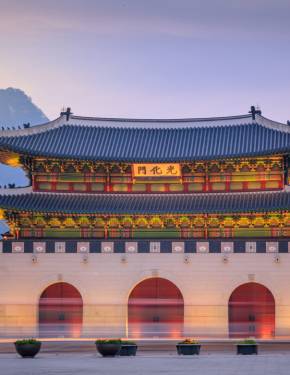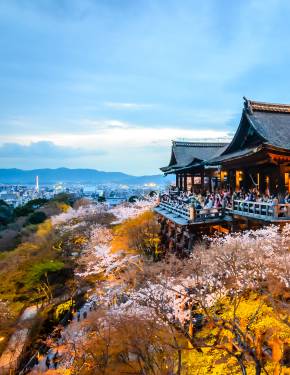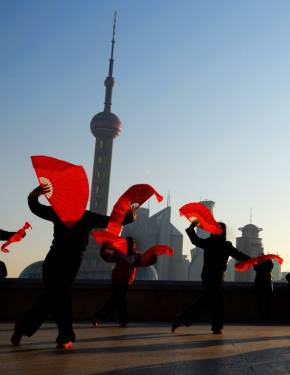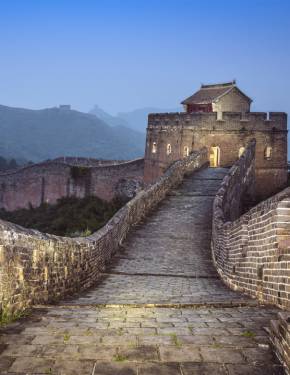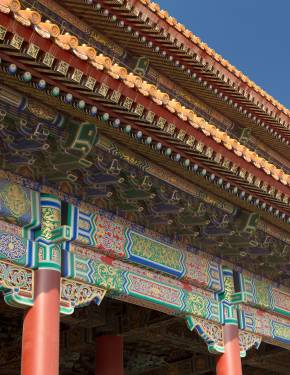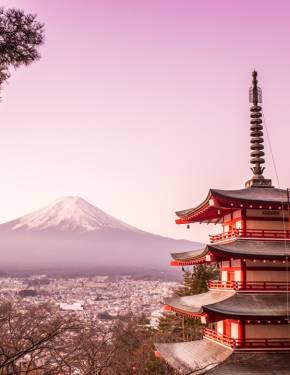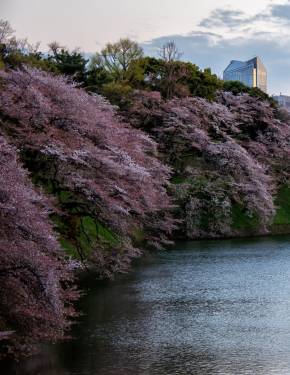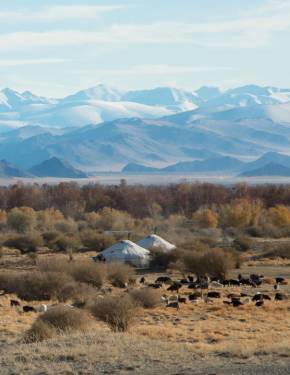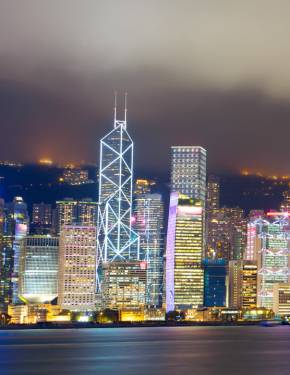Best time to visit Seoul
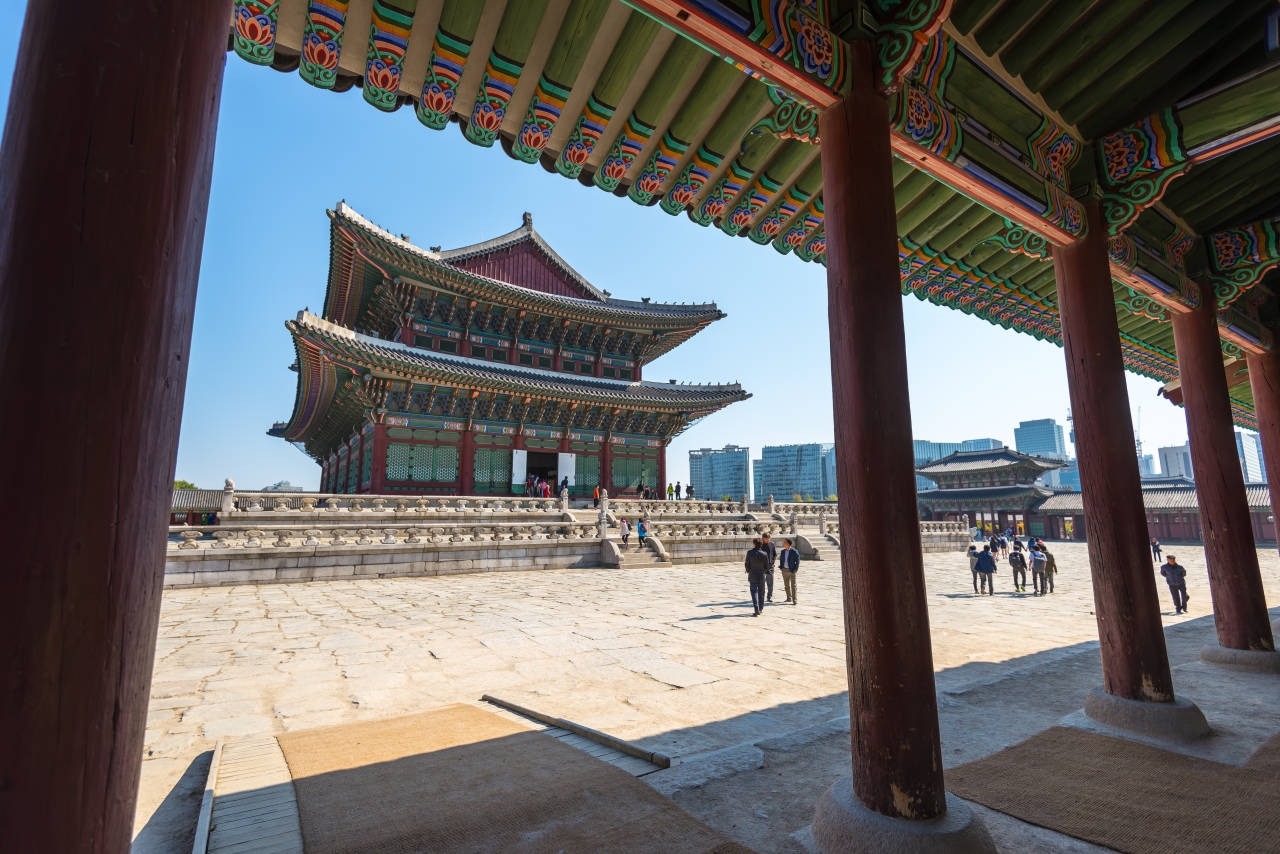
Best time of year to visit Seoul
Overall, March–May and September–November are the best times to visit Seoul due to mild weather. April brings tender blossoms, warmer temperatures, and tourist crowds. If you visit Seoul in summer, let the exotic Patbingsu cool you down during the baking heat. Autumn season brings lots of traditional festivals and a bagful of culinary delicacies such as gingko nuts, kimchi, songi, and sweet potatoes. You can even try fugu fish at your own risk! Unpredictable Seoul will magnetize you with firework shows and Cosmos blooming in October. If you are fond of skiing, be ready to sweat on some challenging slopes and trails around Seoul in winter. Lunar New Year celebration in late January or February will leave you speechless.
13 THINGS TO DO IN SEOUL (OCTOBER 13 - OCTOBER 22)
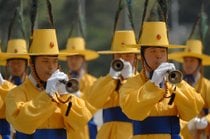
Honour Guard Ceremony
A one-hour military demonstration that attracts approximately 300,000 viewers every year is surely something that may pique your interest

Cosmos Blooming
During spring and autumn, beautiful cosmos flowers are in full bloom, providing a remarkable backdrop for photography
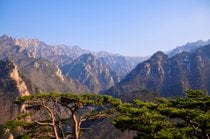
Hiking High Season
The numerous mountains of Korea are home to gorgeous treks, Buddhist temples, cute squirrels, and other forest critters
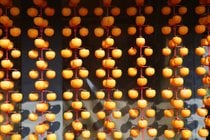
Persimmon Harvest and Gotgam Making
Fresh juicy persimmon is good, but dried fruit ('gotgam') might appeal to you even more
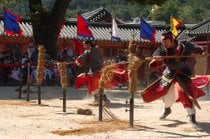
Korean Martial Arts Demonstrations
Watch and learn Taekwondo from the country of its birth and discover its ancient lesser known counterpart Taekkyon
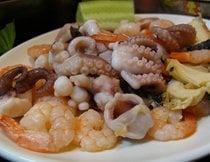
Seafood Season
Seafood lovers would be glad to visit Korea in fall when the best seafood is most abundant and always delicious!
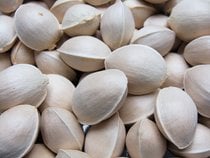
Ginkgo Nuts
When fruit from the outside smells like puke or poo, it's hard to believe the inside can be better, but you'll never know without trying
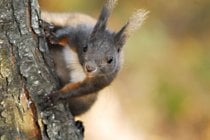
Watch Squirrels and Chipmunks
According to a local belief, meeting one of these little fellows can bring you luck
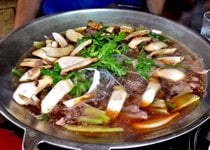
Pine Mushrooms (Songi)
Pine mushrooms are treasured in Korea not just for their subtle flavour and limited availability, but also as cancer preventors
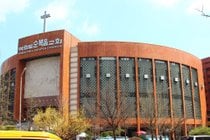
Attend the Megachurch
World's largest Protestant church with 800,000 members is listed in the Guinness Book of World Records

Halloween
on holdExperience Halloween South-Korean style
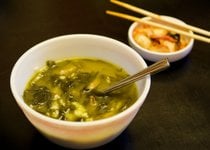
Seaweed Soup for Birthdays
The idea to eat seaweed after giving birth might have been borrowed from whales, today seaweed soup is also eaten for birthdays to honour mothers

Fake Funerals
How about discovering the joy and meaning of life through experiencing your own fake funeral?
34 THINGS TO DO OUT OF SELECTED DATE RANGE
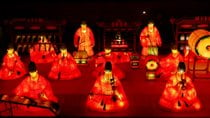
Seoul Lantern Festival
out of rangeOver 100,000 vibrantly-coloured lanterns illuminate the Cheonggyecheon Stream
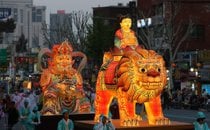
Lotus Lantern Festival (Yeon Deung Hoe)
out of rangeEstablished over 1,300 years ago, this annual Buddhist lantern festival brightens the hearts and skies of both Korea and the world
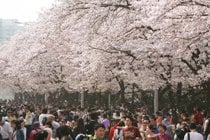
Hangang Yeouido Spring Flower Festival
out of rangeEvery spring, about 1,700 King Cherry trees blossom on Yeouido Island in a spectacle not to be missed
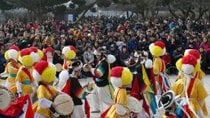
Lunar New Year
out of rangeSeollal or Korean New Year is one of the most significant holidays celebrated throughout the country.

Chuseok (Harvest Moon Festival)
out of rangeChuseok is the Korean version of American Thanksgiving—an important holiday when most locals leave for the countryside and grandma's house to carry on a number of ancient traditions and most importantly to feast on abundant homemade delicacies
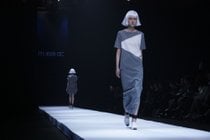
Seoul Fashion Week
out of rangeImmerse yourself into unconventional South Korean design sensibility
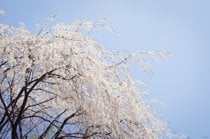
Weeping Cherry Blossoms
out of rangeSeoul National Cemetery is far from the ordinary cemetery: a plenitude of events and celebrations attract both tourist and locals in their commemorations of the past.

Seoul Comic Con
out of rangeKorea's largest convention of pop culture and entertainment industry
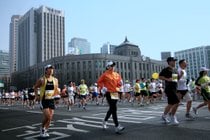
Seoul International Marathon
out of rangeThe third Sunday of March marks the third longest-running foot race in Asia of 42 kilometers, and makes for a good reason to visit Seoul whether you wish to spectate or compete!

Ultra Korea
out of rangeA world-renowned music festival for electronic dance music enthusiasts, guaranteed to wake the party animal in everyone!

Seoul Summer Sale
out of rangeDon't get tricked into thinking that this is just an ordinary summer sale, Seoul offers a really special month for the shopaholics
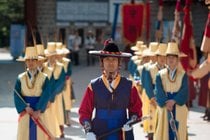
Jongmyo Daeje
out of rangeA traditional parade to honour Korea’s royal ancestors that showcases vibrant costumes, elaborate rituals, and cultural performances.
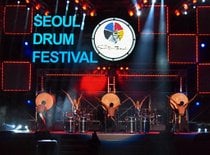
Seoul Drum Festival
out of rangeExperience Korea's rhythm and percussion at the event, which promises an extraordinary fusion of talent and culture.
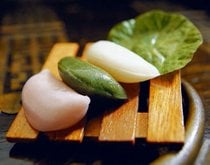
Songpyeon
out of rangeChuseok or the Korean Thanksgiving Day will not be complete without traditional Songpyeon, Korea's special rice cakes
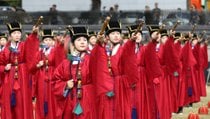
Sajik Daeje
out of rangeThe Great Rite for the Gods of Earth and Agriculture feast features history, culture, music, and dancing in one big celebration
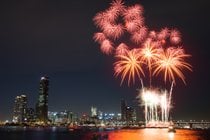
Seoul International Fireworks Festival
out of rangeThis one-night only, much sought-after fall event promises spectacular fireworks that elevate the city’s already vibrant skyline as well as a number of other exciting programs
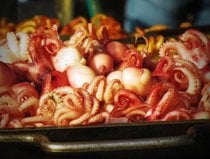
Jjukkumi
out of rangeTop season occurs during the spring when the jjukkumi ("baby" octopus) is at its best and most tasty
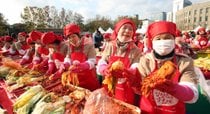
Kimchi Festival
out of rangeKimjang is a Korean custom where the whole community comes together to make large amounts of kimchi to last throughout winter
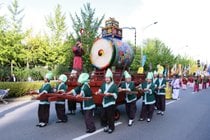
Hanseong Baekje Cultural Festival
out of rangeThis one-of-a-kind event showcases more than four centuries of history and culture for one of the historic Three Kingdoms of Korea
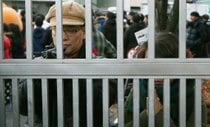
Entrance Exams Fever
out of rangeOn the examination day friends and parents gather at school gates to pray for examinees and cheer them up—all want to pass the exam with a perfect score
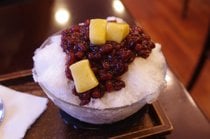
Cool Down with Patbingsu
out of rangeInstead of traditional ice cream, Koreans have another ice dessert for hot summers—shaved ice topped with sweet red beans

Incheon Pentaport Rock Festival
out of rangeThis three-day music festival happens every August and brings in rock and electronic music enthusiasts from all corners of South Korea to one of the grandest live music affairs in the country
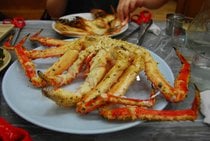
King Crab
out of rangeGiant crabs are in season from February to mid-March in South Korea will certainly satisfy your seafood fancy!
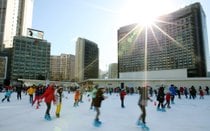
Seoul Ice Skating Rinks
out of rangeMore than 200,000 people flock to Seoul Ice Skating Rinks during winter to enjoy the cold outdoors breeze

Hangwa
out of rangeIf you miss Chuseok festival in mid-September, your hunt for bright-coloured Korean confectionary won't be easy

Skiing and Snowboarding
out of rangeSkiing is a popular winter sport in South Korea and there are several ski resorts situated just outside Seoul that offer great slopes and trails for all levels
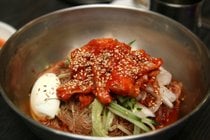
Cold Naengmyeon Noodles on the Coldest Day
out of rangeDespite the general trend, Eastern Asian medicine principles still encourage to eat this cold buckwheat noodle soup in the cold season
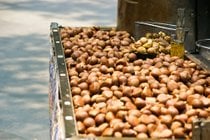
Sweet Potatoes and Chestnuts
out of rangeKorean winter offers rare street treats—cheap, delicious, and healthy at the same time

Eat Samgyetang on the Hottest Day
out of rangeKoreans obey Eastern Asian medicine traditions and consume their hottest dish—boiling hot stuffed chicken—on the year's hottest day
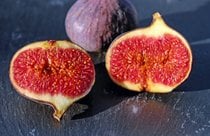
Figs
out of rangeKorea bears juicy figs, distinguished by their sweet flesh and pleasant texture
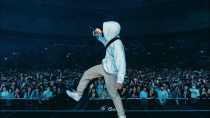
Seoul Jazz Festival
unconfirmedTop jazz festival in Asia and one of the largest annual music events in South Korea
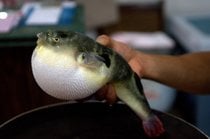
Fugu (Puffer Fish or Blowfish)
out of rangeEvery year six people die from eating this fish. If you get thrills from life risks, you are welcome to challenge your fortune
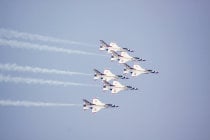
Seoul International Aerospace and Defense Exhibition (ADEX)
out of rangeOne of the most important aviation events in Asia

CITYBREAK Music Festival
overThis relatively young festival only started in 2013 but has already been gathering more than 75,000 rock music fans
